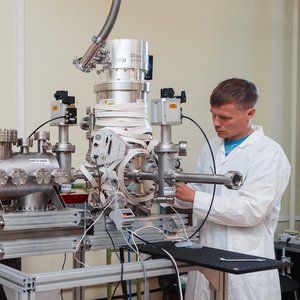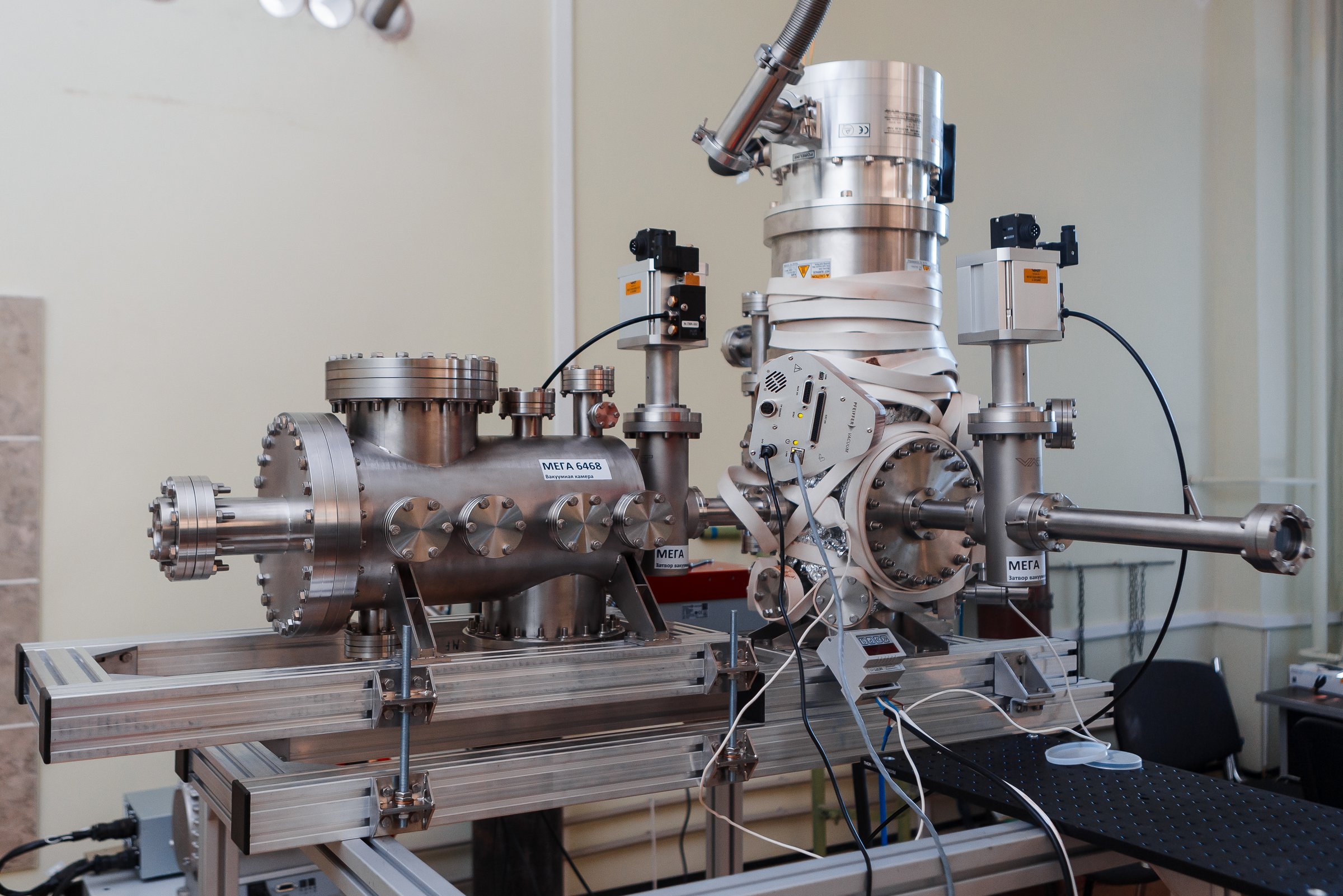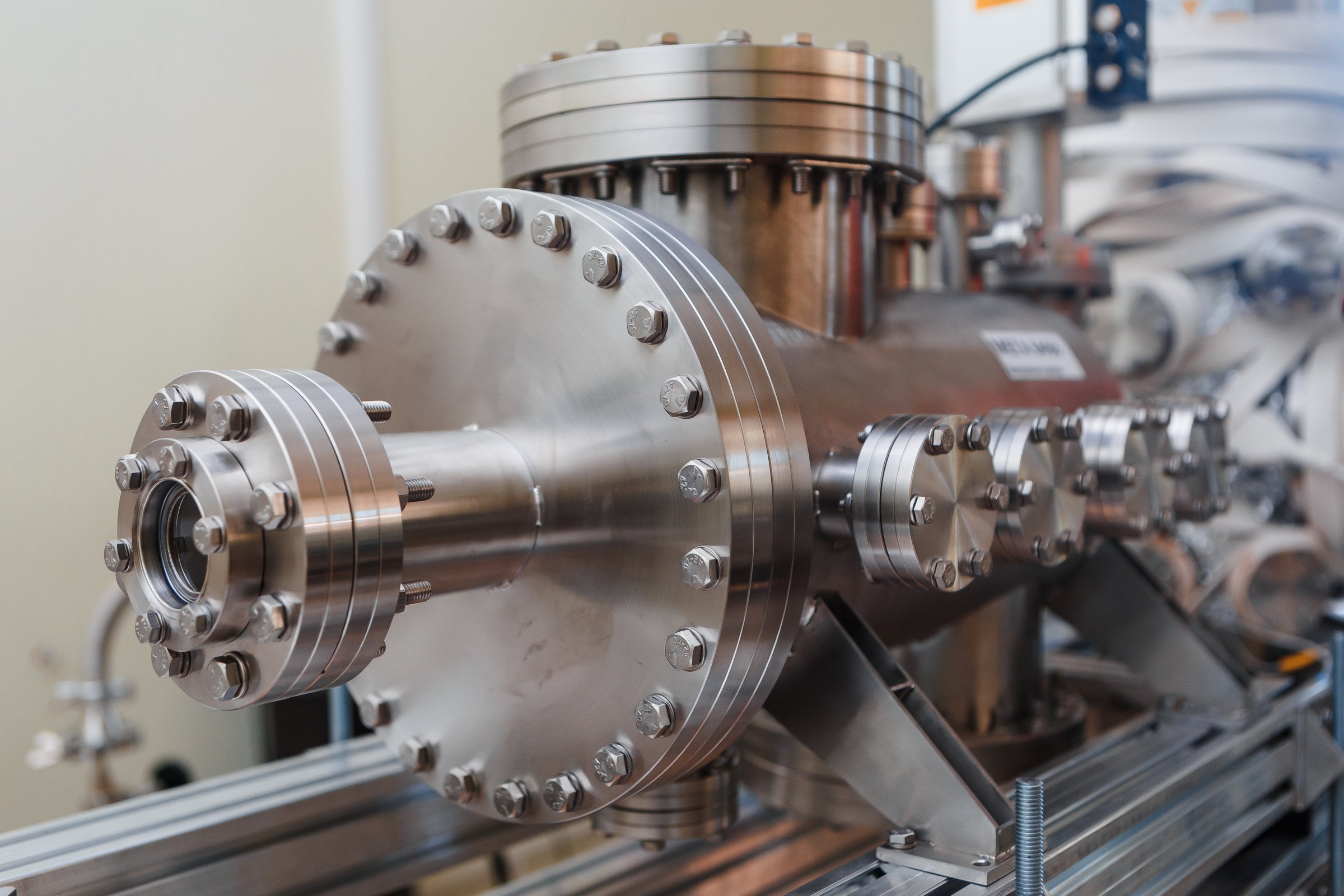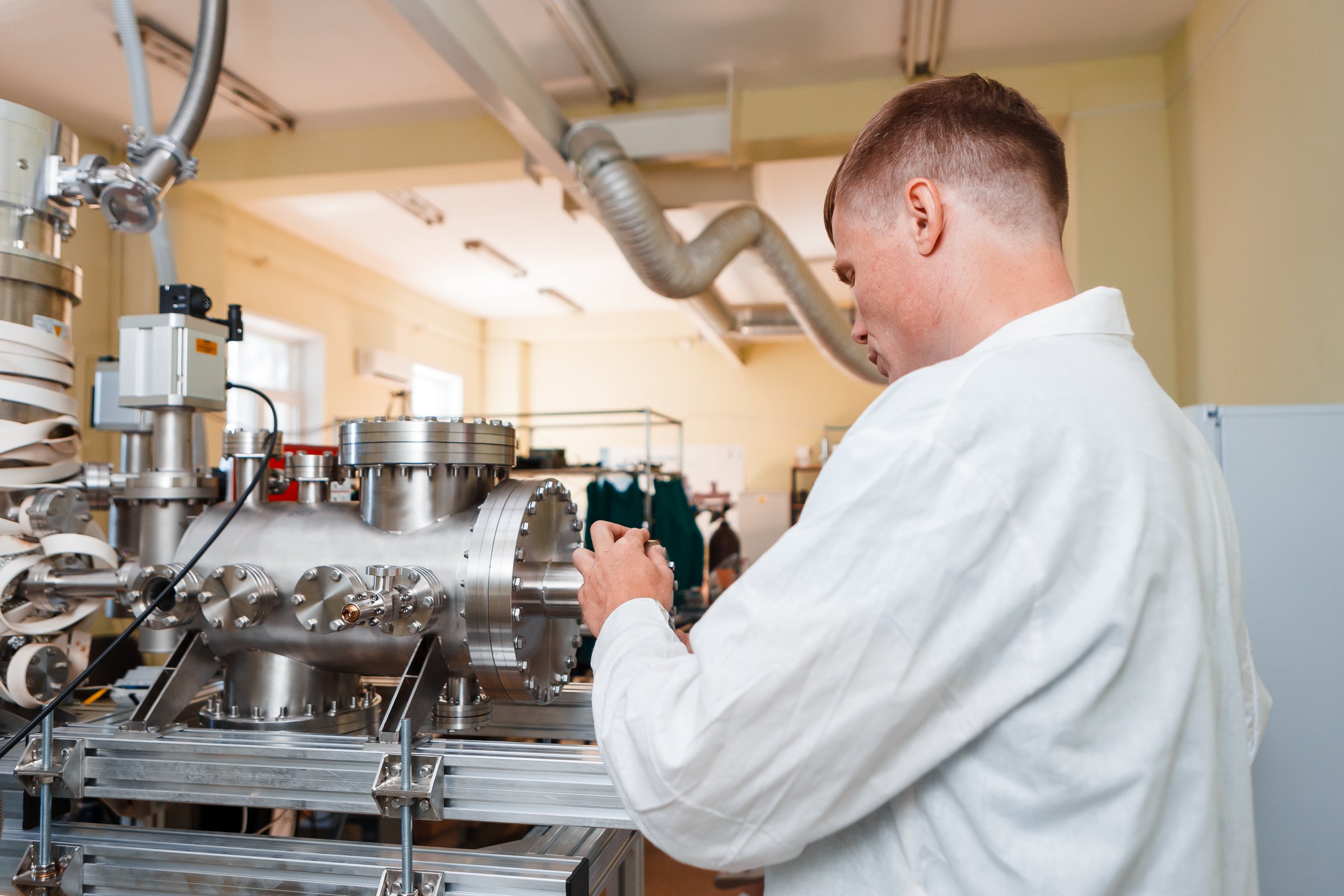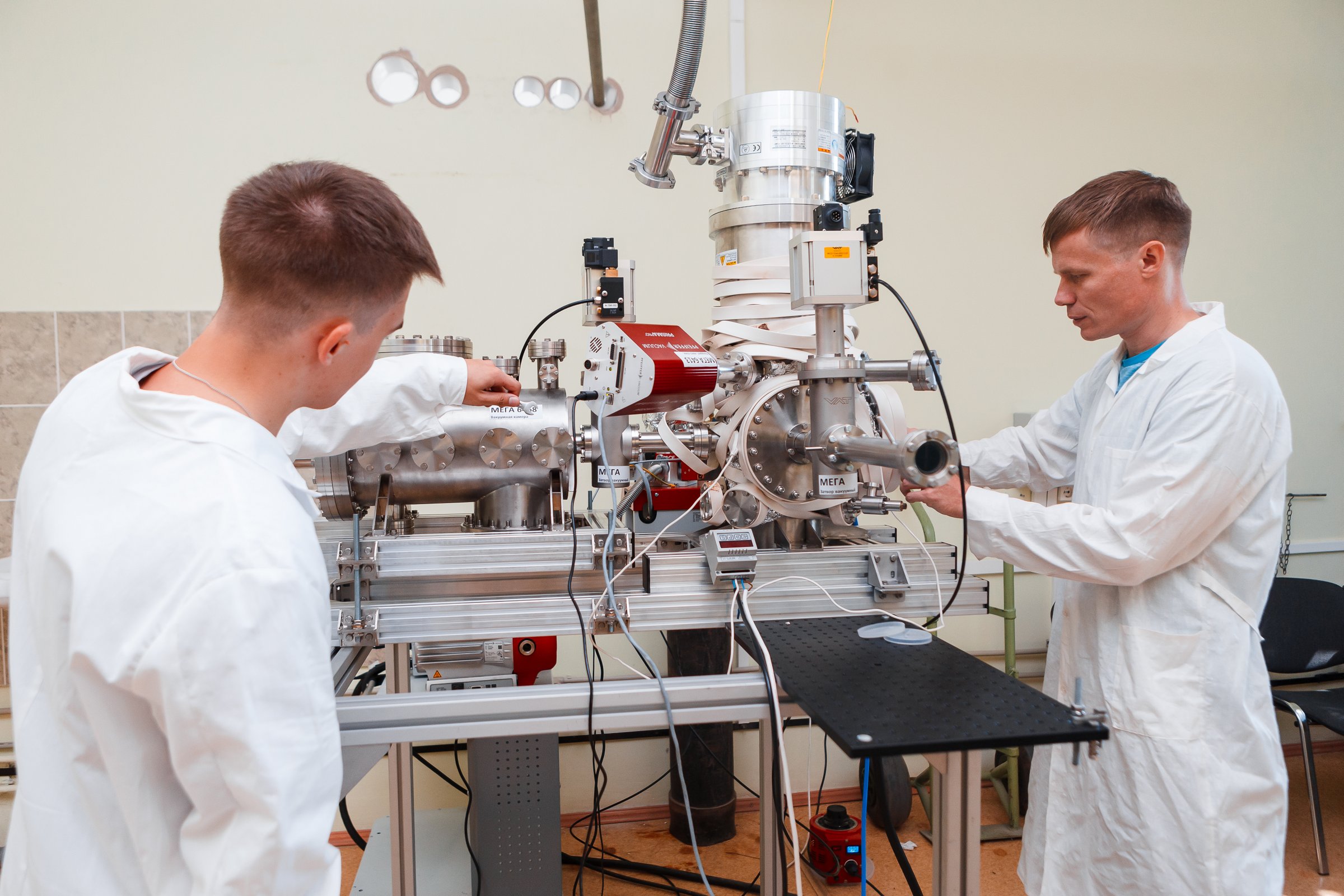According to the scientists, sugar-class molecules are integral part of every living thing on the Earth: they participate in synthesis of RNA and DNA, forming genome skeletons, as well as are a vital source of energy in living organisms. They consist of chains of carbon atoms, to which alcohol groups and hydrogen atoms are attached, and this skeleton ends with the aldehyde group containing an atom of hydrogen and an atom of oxygen attached by the double bond to the last carbon atom in the chain.
Origin of these molecules, which are quite complex in structure, and even more their acquisition of significance for terrestrial beings is a complex scientific question, for the purpose of answering which many hypotheses have been formed. Scientists register the simplest sugar molecules (with only three carbon atoms) on the surface of some meteorites falling onto the Earth, and their presence when observing interstellar ice.
Since the temperature in the densest parts of molecular clouds in interstellar space is about 5–10 K (from –268 to –263°C. — Ed.), the substance there is largely concentrated in the form of solid particles covered with ice mantles, this is so called space ice. Under exposure of hard galactic radiation, they form complex organic molecules, including prebiotic ones.
Among these “cosmic” substances, there are mostly quite simple molecules, such as methyl alcohol (CH3OH) or acetaldehyde (CH3CNO). These are combinations of the most common molecules in our Galaxy.
It is from methanol and acetaldehyde that the simplest sugar can be synthesized in the “correct” form — semi-acetal (R/S)-1-methoxyethanol. Scientists of Samara National Research University and the Samara branch of the P.N. Lebedev Physical Institute of the Russian Academy of Sciences, in framework of the megagrant “Origin and evolution of organic molecules in our Galaxy,” together with American colleagues, have proven that such a process really occurs even at extremely low cosmic temperatures.
The process of sugar formation was both modeled theoretically and reproduced experimentally.
"For conducting the experiment, they used the installation, in which ultra-high vacuum was maintained and ice to be bombarded with high-energy particles was recreated at a temperature of several Kelvin. Next, we observed what chemical transformations was happening at the moment,” said Anatoly Nikolaev, a graduate student of Samara University.
According to him, such semi-acetals can act as precursors of interstellar sugars and related molecules when exposed to ionizing radiation.
“Complex molecules are formed already at the stage of star formation, in cryogenic ice, with their subsequent incorporation into planetoids, asteroids and comets. Detailed analysis of meteorites showed that biologically important molecules, such as ribose, have been able to survive harsh conditions of space. Consequently, some of these complex molecules could be delivered to the early Earth, to serve as the exogenous source of biomolecules, providing a likely additional way of formation of biologically important molecules at the earliest life stage of our planet,” he said.
Samara University is a participant of the state support program for universities of the Russian Federation “Priority 2030.”
Source: ria.ru
 RU
RU  EN
EN  CN
CN  ES
ES 